Zeiss Milvus 50/1.4 vs Zeiss Otus 55/1.4 vs Zeiss Planar 50/1.4 – Comparative Lens Review
Field Test – Portrait
While 50mm lenses are considered as “normal” or “standard” focal length, I tend to use them mainly for environmental portraits. In this final part of the review, you can explore several images that we managed to capture during two days session with professional models.
In order to keep things at least partially comparable, I asked another experienced portrait photographer – Pavel Sinagl (www.pavelsinagl.com), who is shooting with Nikon D810 for help. We split lenses by focal length for each model and after setting the situation, we switched all three lenses, trying to keep similar composition and exposure values. Thanks Pavel for your kind help!
Weather was cloudy and colors are dull, but for the outdoor portrait it was actually blessing.
Because of the size of original files, in order to keep page upload reasonable, we had to reduce image size to only 800px wide. However, in the following Flickr album, you should find all images in their original size Portrait with Zeiss 50 (55) mm lenses
(If you are not sure how to open original size, please check the end part of this article – How to open original image size in Flickr)
Please note, that it is impossible to compare sharpness on 1 or 2 images from this series. There are too many variables to ensure proper sharpness comparison, and it wasn’t intention to do so with this test. What you might follow is very simple – do I like images taken with one lens, more than with other or I can’t hardly see any differences? Technical and optical qualities are one side of the story, but as soon as lenses are used for taking images they were invented for, it’s only result that matters.
Session 1 – Model Viktoria, photo by Pavel, Nikon D810
Session 2 – Model Petra, photo by Viktor, Nikon D800E
Session 3 – Model Anne-Nicole, photo by Viktor, Nikon D800E, Sony A7 MII, Sony A7r
All images presented here are shot in RAW, developed in LR CC and exported as JPEG without excessive post processing, except for BW or Sepia adjustment. White balance was also adjusted and when needed exposure was slightly corrected. No additional sharpening or blurring was applied. Please, be generous to our models. We had little time and resources to work on make-up and for the purpose of this review we didn’t retouch skin to remove blemishes or make it smoother. I would never let any of those images as a final output, without making proper lighting, styling and post processing if not for the purpose of lens review.
From all those portrait application comparisons, we are not afraid to draw one conclusion. All three Zeiss lenses are outstanding optical instruments, and differences in the real life usage (at least in the type of scene captured above) are rather minor.
>To help this page survive, your donation will be highly appreciated.
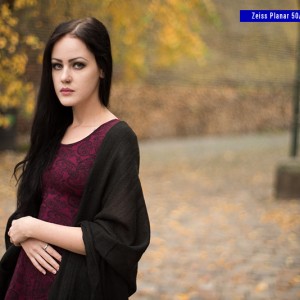

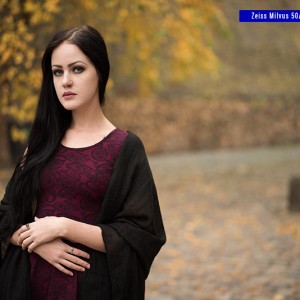



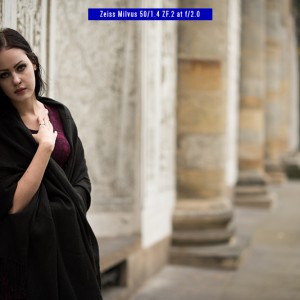

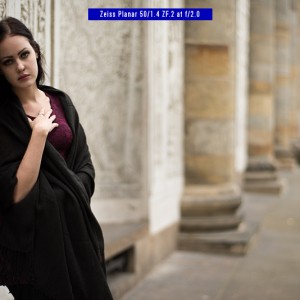





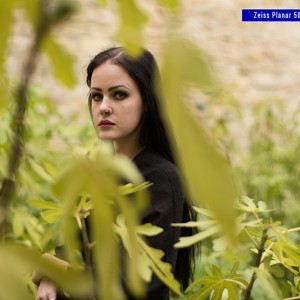
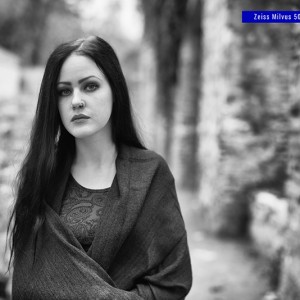
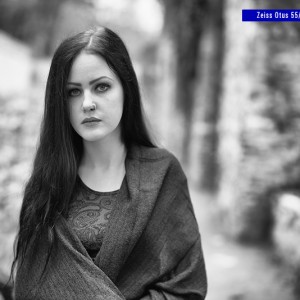
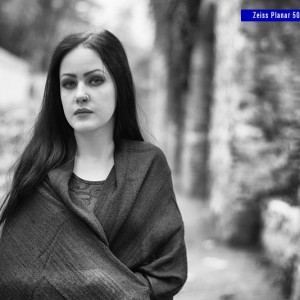


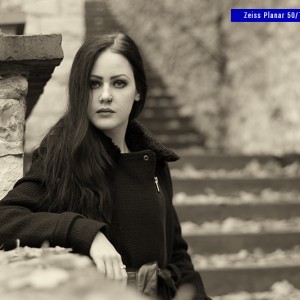
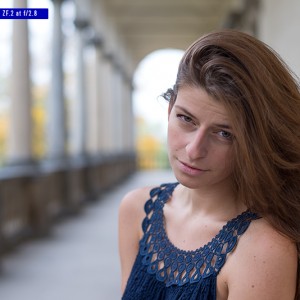
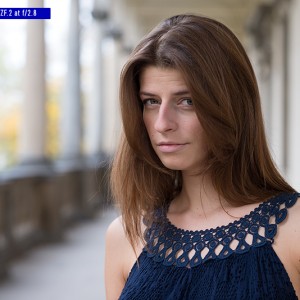
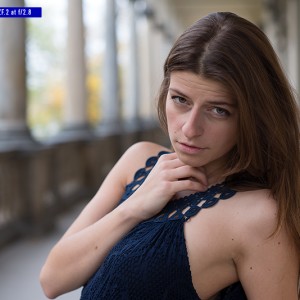

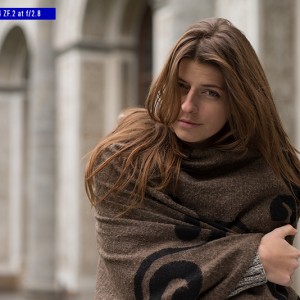
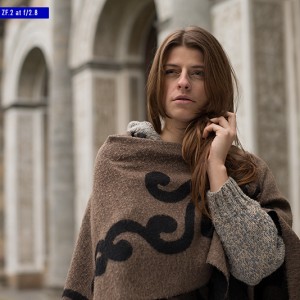









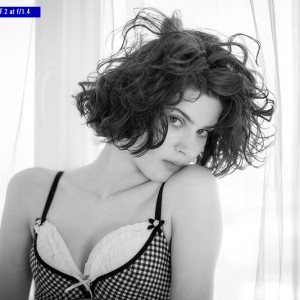
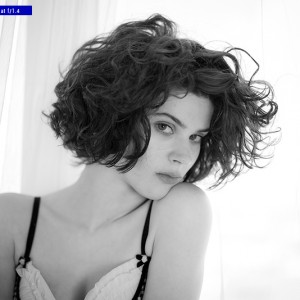
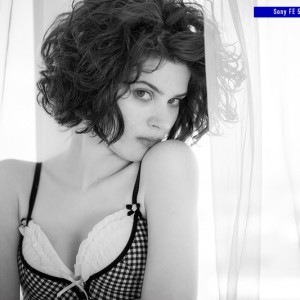
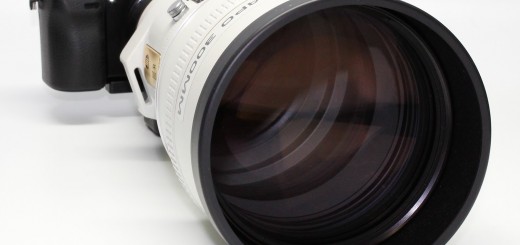

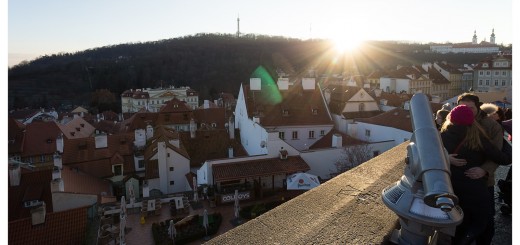













regarding the manual focusing. I recently tried the Zeiss 85mm f/1.4 Milvus with the new D5 and I think that the the smaller focus points may make it possible to manual focus with the lens. Unfortunately, I did have a few issues, for some reason the focus point wasn’t visible for some reason on the D5, when manually focusing, I was told that the camera didn’t have release firmware. But when I reviewed the shot, it did show where the focus point was placed and the image did look sharp. So fingers crossed it is a big improvement.
Great, let us know how it works for you at full opened aperture, once you manage to fine tune it.
Cheers,
Viktor
I don’t own the D5, so it might be a while, I do want to try it with the D500, to see if the camera will manual focus accurately with the added pixel density of the camera, which will be closer to a D820 (I am guessing it will have more than 36mp).
Where would you put the Zeiss 50mm makro-planar in this equation of Milvus, Otys and classic planar? I see you have done a review of macro 50mm lenses but I believe the classic makro-planar belongs here due to f2 speed and focal length.
Personally I’m impressed that a planar design performs so well wide open at f2 but I don’t know how it compares to the new Milvus. The Otus, I know what to expect as I have 135mm f2 APO.
Hi Nat,
I haven’t compare macro lenses directly, I reviewed Milvus 50/14 and compared it with Otus 55 and Classic Planar 50. Macro Planar 50/2 was optimized for the short distances where it achieves very good resolution figures in the center of the frame. As a most macro lenses it has rather flat focus field and very long focus thread. I don’t know where I will put it in the above mentioned comparison, because I didn’t test it for other usage than product shots (mainly short working distances). I am very happy with the lens for that type of work.
Hope it helps,
Viktor
Thank you for your reply. I guess it’s apples to oranges in a way. People used to compare makro-planar to the f1.4 classic back when there were only two Zeiss 50mm lenses. Nowadays it’s 4 50mm lenses from Zeiss alone not to mention the offerings from third parties such as Tamron Sigma and Nikon already has more than 10 lenses in the 50mm range.
So far I’m happy with 50mm f2 zf as a general purpose lens. Zeiss 25mm f2 is slightly superior with off center resolution and coma (but it is a distagon that has aspherical and anamalous elements ). The 25mm f2 is then trashed by 135mm f2 APO if I attempt a technical comparison and go off-focus and off-axis.
Hi Viktor, so I finally got to test the 85 milvus vs. the loxia side by side. I can’t tell you which is sharper. What I can tell you is that I purchased milvus 85 and it’s on its way – what a gorgeous lens!
Anyway, I’m also thinking of picking up the milvus 50. I understand its optical pros/cons about as well as I can based off your literature/testing (please keep up the great work!), and others.
What I’m curious about is the feel of the focus on the milvus 50. I was concerned about the stiffness on 85 before I got it, but it does not bother me. Is the 50 focus stiffer than the 85?
Hi Micah,
sorry for the late reply. Congrats on your new lens, Milvus 50 has same focus stiffness as 85, don’t worry.
Cheers,
Viktor
thank u very much for this review, i am art photographer and user of 50mm 1.4 planar ZE and love it much
Actually Zeiss lenses aren’t that hard to nail focus with. You need to train first but after that it’s a lot easier.
Don’t trust the red focus point blink, instead look for focus/ae lock in the camera viewfinder.
Hi Gustav and thank you for the opinion. I don’t trust red blinker, but at open apertures, it is very difficult to nail eyeball instead of eyebrows in my experience. Could be just me though…
Cheers,
Viktor